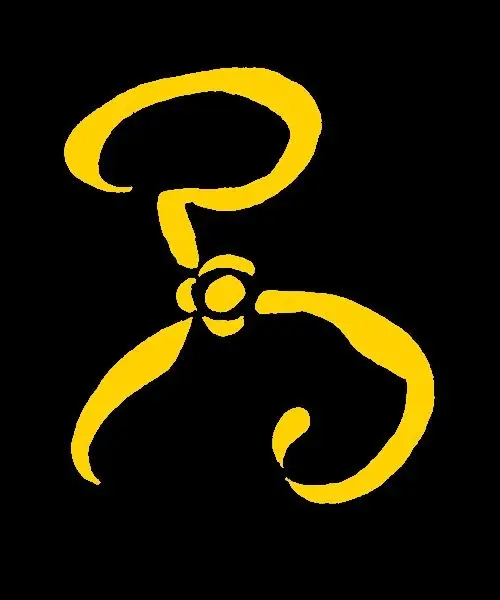Hello everyone and welcome to the thirteenth week of our book club exploring H.P. Lovecraft’s Dream Cycle.
In this week’s thread we discuss the first 5 chapters of At the Mountains of Madness, written in 1931. Our reading assignment for this week is the second half of At the Mountains of Madness, from Chapter VI onwards.
A PDF of the short story is found in the collected works curated by the Arkham Archivist here. A LibriVox audio recording is available here.
Very sorry for the late submission this week. My department is hosting an algebra conference and I’m spending my evenings “networking” (read: getting drunk while ranting about the Representation Theory of algebraic groups). Unfortunately, pleasure has to be sidelined by business until Wednesday evening. I’ll post comments on the first five chapters as soon as possible but expect significant delays for this week.
On the off-chance that the set of British Lemmy Users interested in Lovecraft and Representation theory of algebraic groups isn’t a one-member set, I’m the guy with the beard in a purple mushroom shirt.
Image Credit goes to Deviantartist Zhekan.


Chapter III begins with the expedition party at the main base losing contact with the advance party. The group believe that the adverse wind that grounded the group must have damaged all of their radio equipment, and so a second group, including Dyers, ventures out to re-establish contact.
Dyers is disturbed to find a shocking similarity between the vista laid out before him, and the evil Plateau of Leng believed to lie in Central Asia. Dyers supposes that rumours of the Plateau may have long ago been misconstrued to place the plateau in Asia; perhaps it is simply that early rumours were propagated from Central Asia. After all, some dare to hint at a more ancient origin of the infamous Pnakotic Manuscripts, believed to have been written during the most recent ice age. Studying the mountain range further conjures forth images of cyclopean cities perched atop the peaks.
The group eventually finds the site of the advanced party and discovers that the wind has indeed done much damage. However, there is much about the scene that hints at events much more sinister.
Of the twelve members of the advance party, eleven are confirmed dead and the twelfth member is missing. The party’s entire retinue of sled dogs have been slaughtered. Of the fourteen specimens of ancient bodies, the eight most well-preserved bodies are missing. The other six bodies have curiously been stood upright, buried in snow, and the snow pillars have been adorned with some dotted script similar to soapstones found by the advance party. Oddly, the wind appears to have damaged all of the probing equipment in such a way that suggests a curious inspection of the equipment.
Fortunately, the buried specimens are sufficient to confirm Lake’s description of the bodies. The rescue party packs up what equipment can be salvaged and makes a journey up the mountain by plane. What they find convinces them to conspire never to speak of the expedition in great detail, lest it inspire curiosity. They plot to hide physical specimens of the bodies and to never reveal photographic evidence of their existence. They cannot afford another expedition to venture further into the cave complex and unearth what lies below.
The Pnakotic Manuscripts are another example of some ancient rare tome to which nearly everybody and their gran has access. I’m reminded of the ending of Polaris, where no one believes that the dreamer is some ancient soldier lost in time. All he had to do was namedrop the Pnakotic Manuscripts and have an army of academics at his beck and call.
We’ve seen the Plateau of Leng mentioned as a Central Asian location in a previous dream cycle story: The Hound. The gravedigger found an ancient amulet that the Necronomicon links to cannibalistic men of Leng.